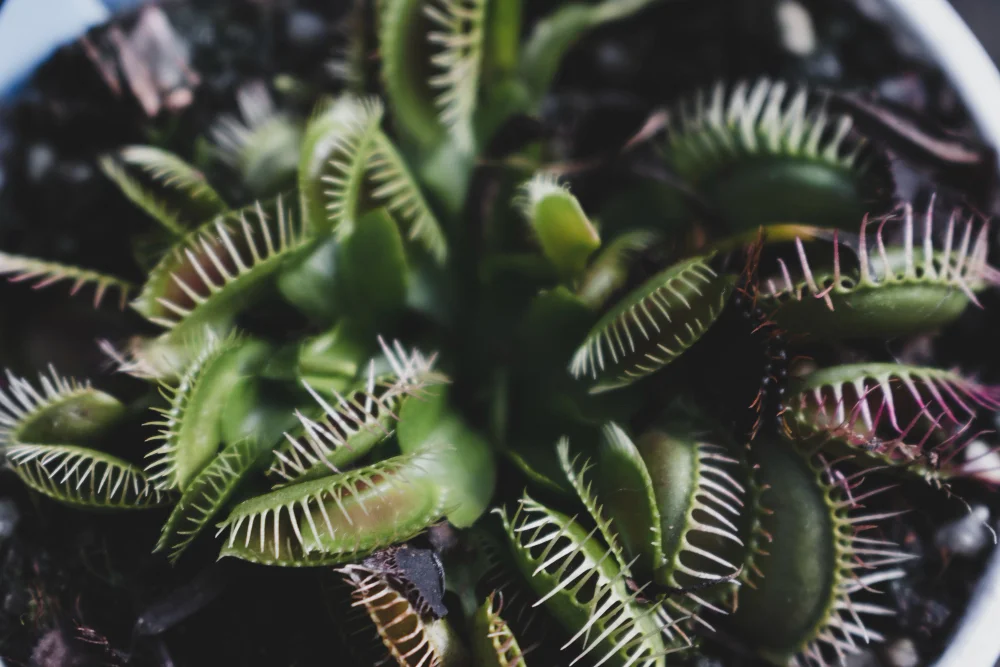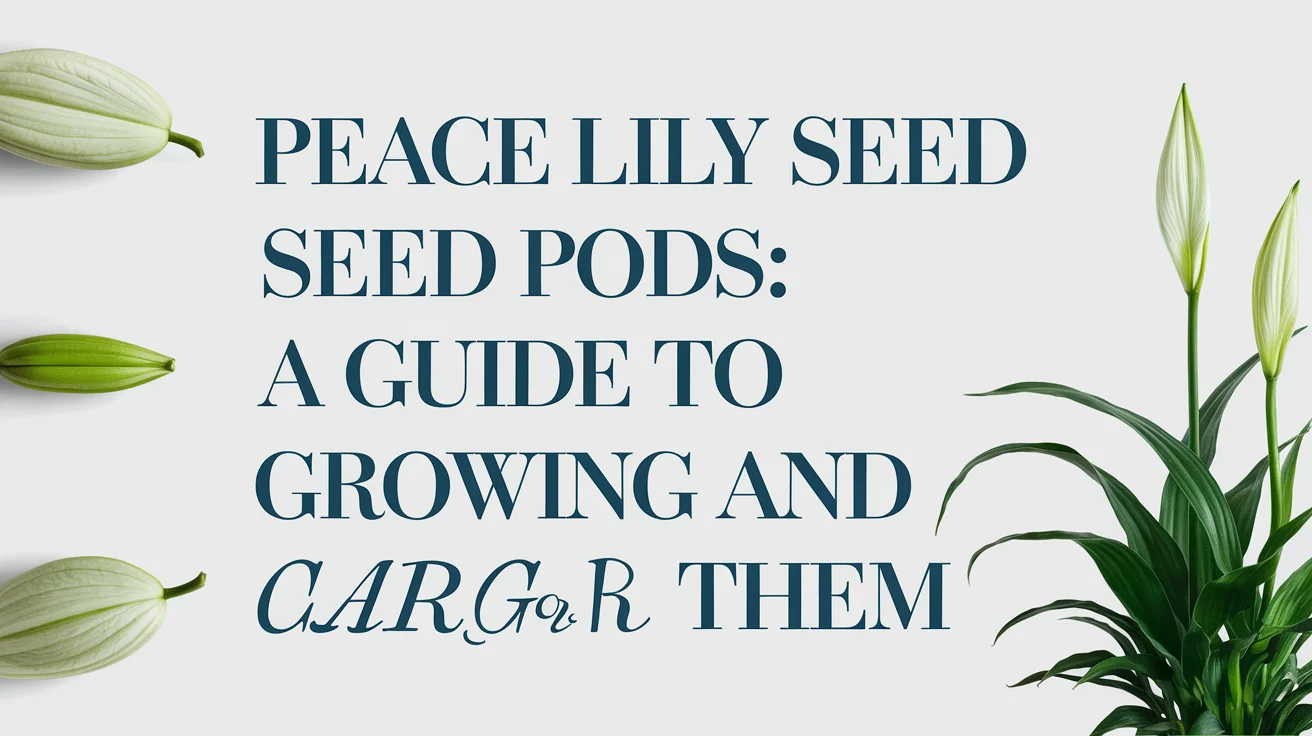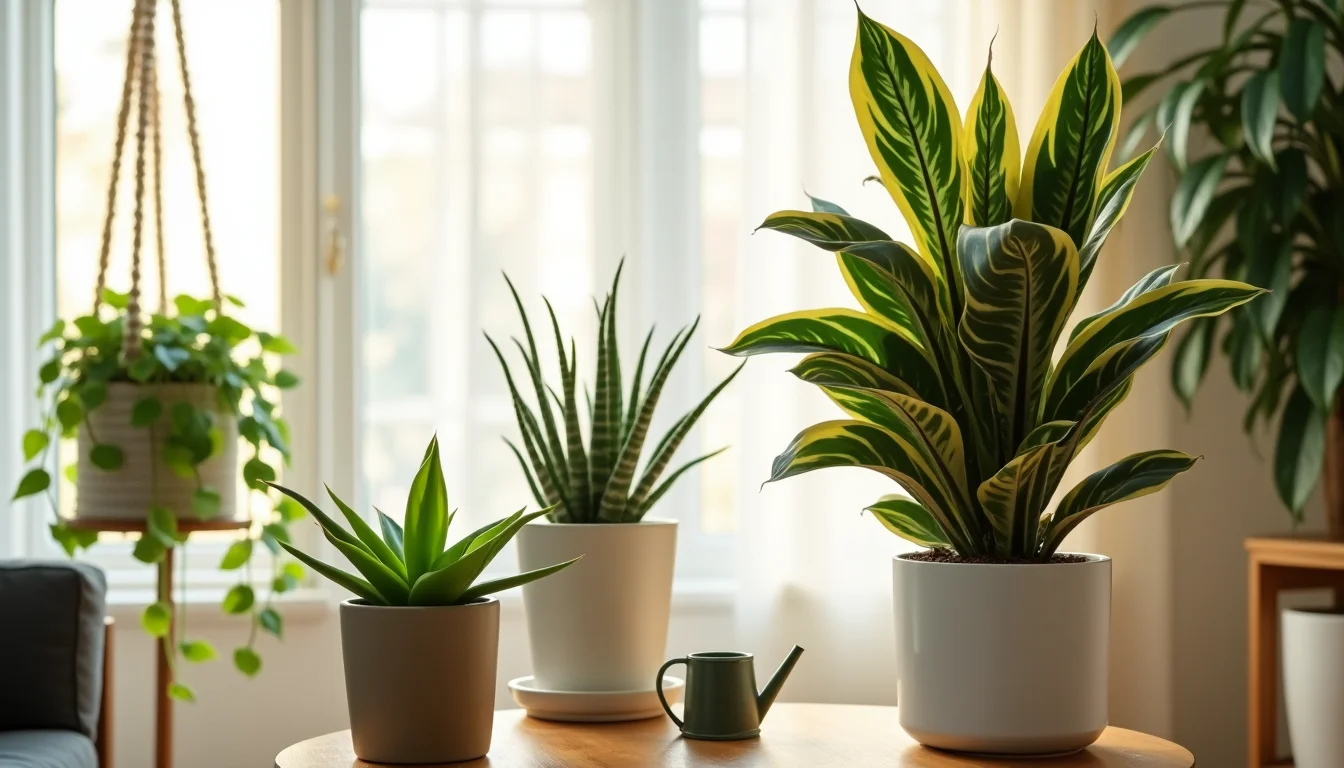Caring for a sundew plant is both fascinating and rewarding. These insect-eating marvels aren’t just beautiful, they’re also helpful in keeping pesky bugs at bay. If you’re curious about growing one at home, understanding sundew plant care is the first step to success.
Sundews are carnivorous plants that thrive in the wild; with proper care, they can also flourish indoors. Their delicate, sticky leaves trap insects like a natural flypaper, providing both nutrition and a stunning display. Whether you’re a beginner or a plant enthusiast seeking something unique, sundew plants are a fantastic addition to any collection.
Choosing the Right Sundew Species
Before you dive into sundew plant care, it’s essential to choose a species that suits your environment. There are over 200 types of sundews, and each has slightly different care needs. Some are tropical, while others prefer temperate climates.
For beginners, Drosera capensis and Drosera spatulata are excellent choices. These varieties are hardy, adaptable, and less fussy about conditions. Understanding your climate and space helps ensure you pick the best sundew for long-term success.
Growing Conditions for Sundews

Sundew plants require a precise balance of sunlight, humidity, and moisture to thrive. Unlike typical houseplants, they come from nutrient-poor soils and get their food from insects. Their care routine is specific but not complex once you understand the basics.
To create the perfect environment:
- Provide at least 6 hours of bright, indirect sunlight daily
- Use distilled or rainwater only; tap water can harm the plant
- Keep soil consistently damp, but never soggy
- Maintain humidity levels above 50%
- Avoid using fertilizers, as they can damage the roots.
Sundew Plant Care: Soil and Potting Tips for Healthy Sundews
Sundew plants require poor, acidic soil. Using regular potting mix is a common mistake, as it holds too many nutrients. For successful growth, you’ll need to replicate their natural environment.
Use a 1:1 mix of sphagnum peat moss and perlite. Avoid any soils with added fertilizers. Make sure the pot has drainage holes, and use plastic or glazed ceramic pots to prevent minerals from leaching into the soil.
Watering Your Sundew the Right Way

Watering is one of the most crucial parts of sundew plant care. These plants thrive in moist environments, but using the wrong type of water or method can lead to problems. Use the tray watering method to keep their roots hydrated without overwatering.
Place the pot in a shallow tray filled with distilled or rainwater. Refill the tray when the water level drops, ensuring the soil stays moist. Never water from the top, and always avoid tap water it contains minerals that can damage the plant.
Feeding Your Sundew for Strong Growth
Unlike other houseplants, sundews get their nutrients from insects. You don’t need to fertilize them, but occasional feeding can encourage healthy growth.
When feeding your sundew:
- Offer small insects like gnats, fruit flies, or ants
- Feed only once every 1–2 weeks
- Don’t overfeed. 1–2 insects at a time is enough
- Avoid feeding dead bugs unless they trigger leaf movement
- If grown outside, they’ll usually catch their prey
Temperature and Humidity Preferences for Sundew Plant Care
Temperature and humidity play a crucial role in caring for sundew plants. Tropical varieties like warmer, more humid conditions, while temperate types prefer cooler seasons and even go dormant in winter.
Most sundews grow well in temperatures between 65°F to 85°F (18°C to 29°C). Keep humidity above 50% for best results. Using a humidity tray or humidifier can help if you live in a dry climate.
Common Problems and How to Fix Them
Even with proper care, sundews can face a few issues. The most common problems include leaf browning, lack of dew, or mould on the soil. Often, these are signs of environmental stress.
Sundew Plant Care: Fix Common Issues
- Move the plant to a brighter location if leaves lack dew
- Improve airflow to reduce mould
- Check water quality. Use only distilled or rainwater
- Avoid fertilizing or using rich soil
- Trim dead leaves to encourage new growth
Propagating Sundews at Home
Sundew propagation is easier than you might think. It’s a great way to expand your collection or share with friends. Most sundews can be propagated through leaf cuttings or by collecting seeds.
Here’s how to propagate using leaf cuttings:
- Cut a healthy leaf with visible dew
- Place it on moist peat moss in a shallow container
- Cover with a clear plastic lid to maintain humidity
- Keep in bright light, but avoid direct sun
- Wait 3–5 weeks for baby plants to sprout
Conclusion: Embracing the Art of Sundew Plant Care
Sundew plant care is not only manageable but also deeply rewarding. With their shimmering, sticky leaves and insect-eating abilities, sundews bring beauty and function into your space. Whether you’re a curious beginner or a dedicated grower, mastering sundew care unlocks a fascinating world of botany.
Their needs are unique, but once you understand the balance of light, moisture, and nutrition, you’ll find sundews are surprisingly low-maintenance. Start with a beginner-friendly variety and let the plant guide you as it grows.
Take your time, observe its behavior, and enjoy the process. Caring for a sundew isn’t just gardening; it’s an experience.





